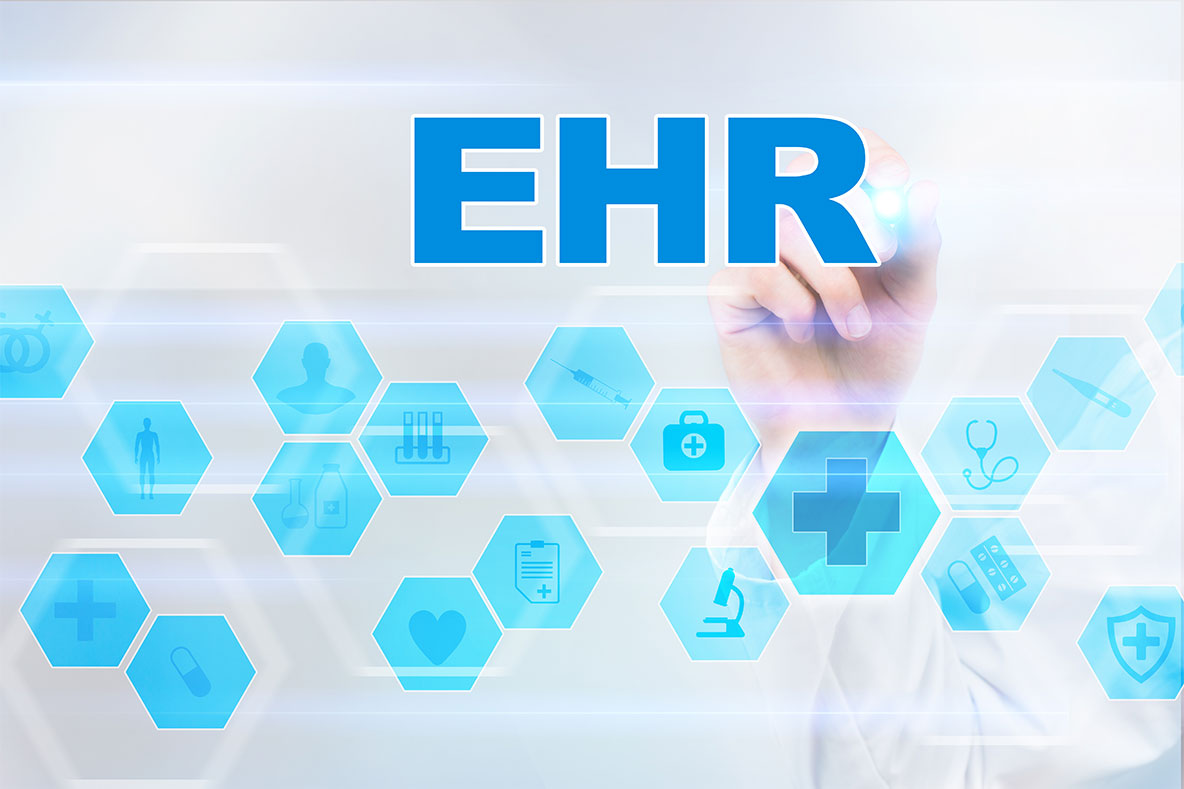Healthcare technology is changing once again – and we want to get it on your IT roadmap!
Here’s what you need to know about the upcoming changes to EHR version requirements and their subsequent effects on your practice’s server infrastructure.
What is happening?
By January 1, 2019, ONC has announced that all practices must be on a 2015-certified EHR technology (CEHRT) for reporting and achieving Meaningful Use and MIPS/MACRA requirements.
The 2015 CEHRT products are the most recent versions of these EHR systems and are designed to run on updated server versions, causing most practices to upgrade their server environments in order to accommodate the new software version.
What is driving these changes?
There are multiple factors driving these changes and requirements.
2018 is the last year that practices can report with a combination of 2014 and 2015 CEHRT products. Effective January 1, 2019, practices will be required to report with a 2015-certified CEHRT, forcing practices to update their software version, and subsequently, their server versions.
Also, by 2020, Microsoft will be ending their support of Windows 2008 R2 servers. This means they won’t be providing patches, security updates or support of the servers, which represents a significant vulnerability for practices who keep using Windows 2008.
What steps should healthcare practices take?
Preparing your practice and initiating a roadmap to complete this update is critical; 2020 will be here in no time. This upgrade process needs to be adequately planned and budgeted for. Both your EHR and IT vendors will need to schedule the upgrade process to migrate to your application versions and servers.
1. Identify your position
Find out what EHR software version you’re on. If it’s not your EHR’s latest version, it likely won’t be compliant with coming regulations. To find out if your current version is certified for 2015, visit https://chpl.healthit.gov/#/search.
2. Update your software
Work with your EHR provider to ensure your whole practice is on the latest certified version of the software. Once the software update is completed, you can start looking at moving your servers.
3. Survey your applications
Upgrading your servers has implications on the other hardware and software that is running in your environment. Review all of the applications, hardware and equipment on your current servers and ensure they are compatible with the new server versions you’ll be installing. If they’re not, create a plan for what applications should run on certain server versions.
4. Server upgrade
In general, practices will be upgrading to 2012 R2 or 2016 server versions. Work with your IT department, IT provider or cloud provider to upgrade your servers and assign appropriate applications and hardware with their servers they’re compatible with.
What steps should Netgain-hosted practices take?
For practices hosted in Netgain’s cloud, the action plan is a little different, and significantly less time-consuming for your practice. Netgain’s teams of server, application and clinical IT experts are already migrating many of our client-practices through this upgrade process, so we’re well-versed in the requirements and interactions of the upgrades.
1. Start the project
Reach out to your Netgain Account Manager to build a roadmap for this project, identify who needs to be involved, set a timeline and assign responsibilities.
2.Software update
Netgain will work alongside your EHR software provider to upgrade your environment to the most recent version.
3. Determine compatibility
After you move to the most recent EHR software version, Netgain can begin evaluating your application usage to ensure all applications are compatible with the new server version.
4. Server Upgrade
Netgain will upgrade your environment to newer server versions, with minimal user disruption.
While 2020 seems like a long time away, there’s a lot to get done. Let us know how we can make this transition as seamless as possible for your users and providers.
